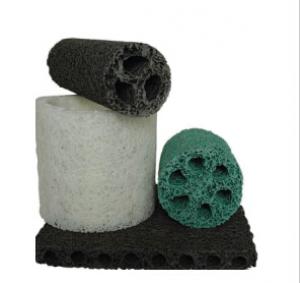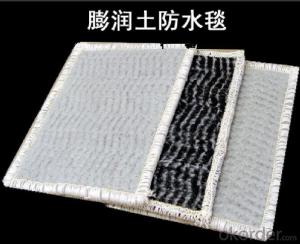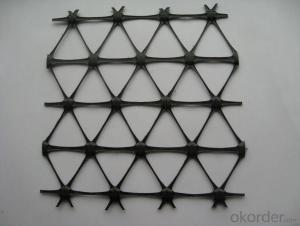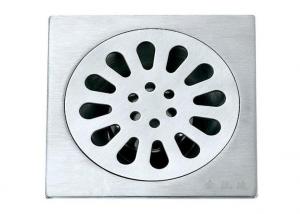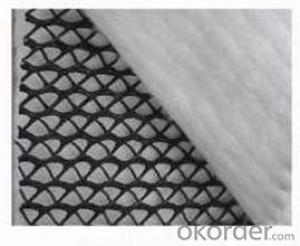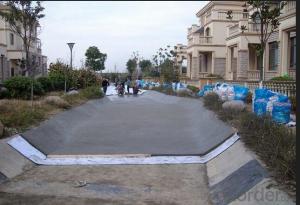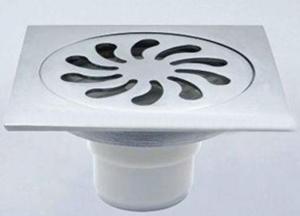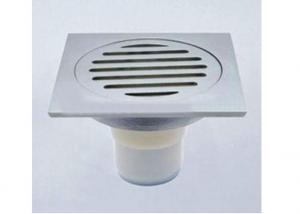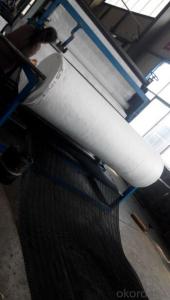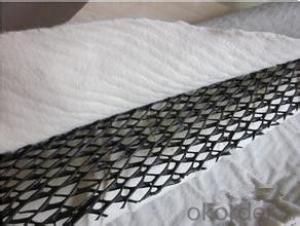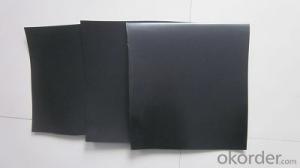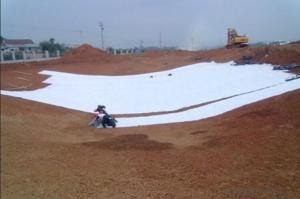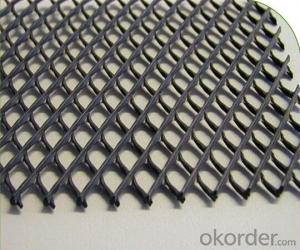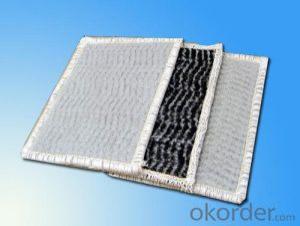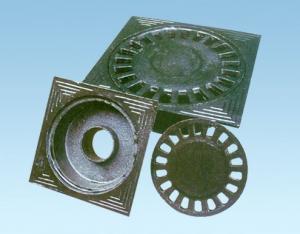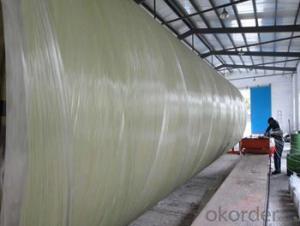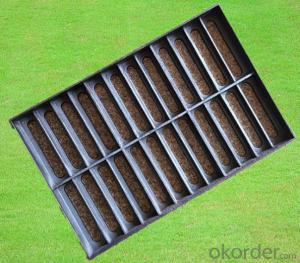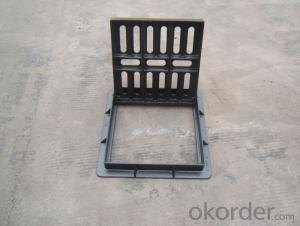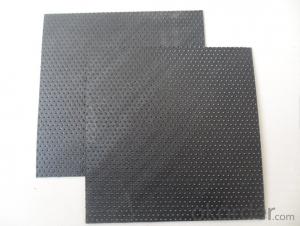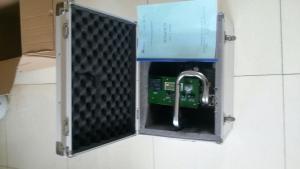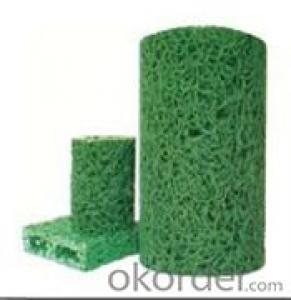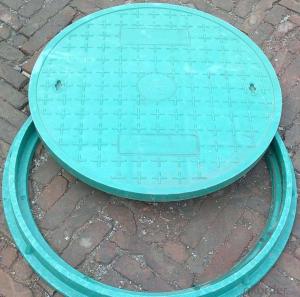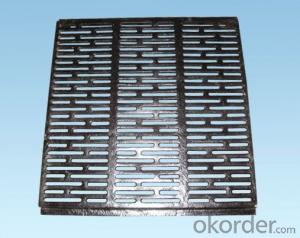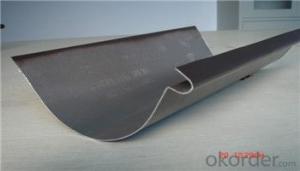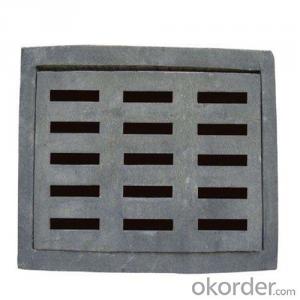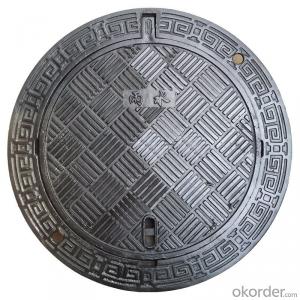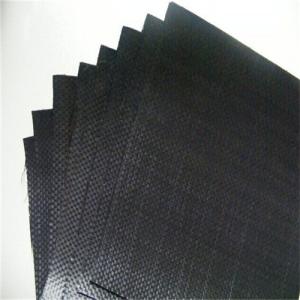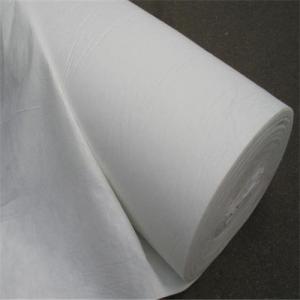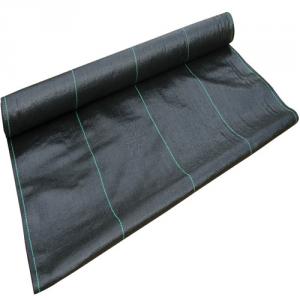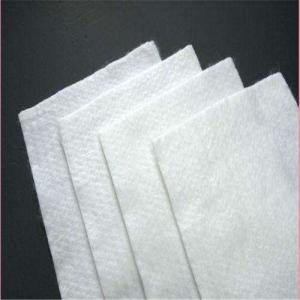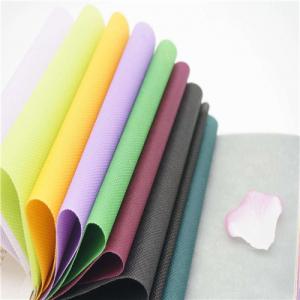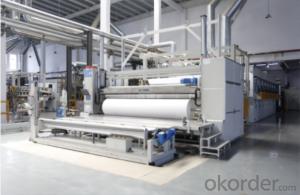Geocomposite Subsoil Drain
Geocomposite Subsoil Drain Related Searches
Geocomposite Sheet Drain Black Clay Roof Tiles Geocomposite Drainage Material Grey Clay Roof Tiles Geosynthetic Fabric Clay Roof Tiles Roof Tiles Clay 40 Mil Hdpe Liner Geocomposite Drainage Mat Geocomposite Strip DrainHot Searches
Geocomposite Manufacturers Wholesale Liner Hdpe Geomembrane Wholesale Hdpe Geomembrana Hdpe Geomembrane Liner Manufacturers Hdpe Liner Cost Hdpe Pond Liner Specifications Geosynthetic Clay Liner Cost Landfill Liner Cost Geocomposite Manufacturers Roof Clay Tiles Prices Hdpe Liner Cost Geosynthetic Clay Liner Cost Landfill Liner Cost Geocomposite ManufacturersGeocomposite Subsoil Drain Supplier & Manufacturer from China
Okorder.com is a professional Geocomposite Subsoil Drain supplier & manufacturer, offers integrated one-stop services including real-time quoting and online cargo tracking. We are funded by CNBM Group, a Fortune 500 enterprise and the largest Geocomposite Subsoil Drain firm in China.Hot Products
FAQ
- Some of the different geotextile tensile strength test methods include the grab test, strip test, wide-width strip test, and trapezoidal tear test. These methods are used to measure the resistance of geotextiles to pulling forces and provide valuable information about their overall strength and durability.
- There are several geotextile installation techniques for erosion control blankets, including trench and backfill, stake and tension, and anchor and pin. Trench and backfill involves digging a trench along the slope, placing the erosion control blanket in the trench, and then backfilling it with soil. Stake and tension involves driving stakes into the ground at regular intervals and then securing the erosion control blanket to the stakes with tensioning devices. Anchor and pin involves using anchors or pins to secure the erosion control blanket directly to the ground. The specific technique used depends on the slope conditions and project requirements.
- Build drainage board + geotextile what specifications are required
- General garden greening, roof garden, underground garage roof above the use of the drainage board for the square, each block between the drainage board can be deducted from each other, the length and breadth of 500mm * 500mm, the thickness is divided into 20mm, 25mm, 30mm three, Different thickness of the drainage board price is different. There is also a three-dimensional drainage board, is also often used for landscaping, roof garden, underground garage roof, this three-dimensional drainage board has a good water storage, drainage, waterproof function. Dimensional length of the drainage board is generally 2000mm * mm (2m * 15m), the thickness of the plate is generally divided into 0.8mm, 1.0mm, 1.5mm three, the same thickness of the plate can also do different height of the bulging, The general height of the bubble 10mm, 20mm two. Various specifications of the three-dimensional drainage board prices are not the same. No matter what kind of drainage board are required to use geotextile to use, generally with the geotextile length of 6000mm * mm, 2000mm * mm, geotextile specifications for the 150g / ㎡ and 200g / ㎡ of the majority.
- Geotextiles contribute to soil remediation by acting as a barrier or filter to control erosion, retain sediment, and stabilize the soil. They help to prevent the spread of contaminants, regulate water flow, and enhance the effectiveness of other remediation techniques such as soil vapor extraction or bioremediation.
- Geotextile Model PP200-4-750 What does it mean?
- Is the geotextile 200g / ㎡? Geotextile is generally based on the weight per unit area to divide the specifications. Geotextile manufacturers Zhang Ming Chao for you to answer, I hope to help you.
- Geotextiles are tested for quality assurance through a series of standardized tests that evaluate their physical, mechanical, and hydraulic properties. These tests may include assessing tensile strength, elongation, puncture resistance, water permeability, and filtration efficiency, among others. By conducting these tests, manufacturers can ensure that geotextiles meet the required performance specifications and provide consistent quality for various civil engineering applications.
- Yes, geotextiles can be used in bridge construction. Geotextiles are often used as a separation layer between the bridge substructure and the underlying soil to prevent soil erosion and enhance stability. They can also be used as a reinforcement material to improve the strength and stability of bridge foundations and slopes. Additionally, geotextiles can help with filtration, drainage, and erosion control in bridge construction projects.
- Can concrete slabs be placed directly on geotextiles?
- Huazhi geotextile material manufacturers
